Known as the "forgotten battle," May 1943's Battle of Attu was the only clash during World War II that was fought in North America.
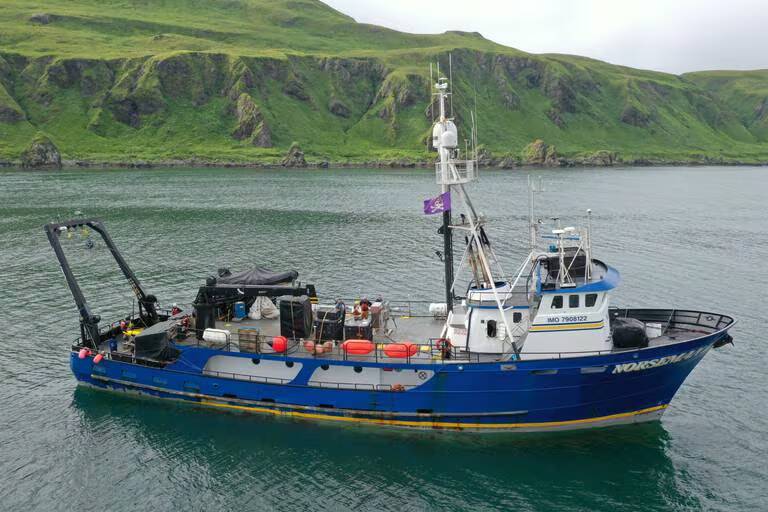
Bobbi Hornbec/Stockton UniversityThe research vessel Norseman II at Attu Island in July 2024.
During an underwater expedition near Alaska’s Attu Island, researchers discovered the wrecks of three ships involved in a “forgotten battle” during World War II. Over the course of just five days, a team of 14 researchers located the wreckage of two Japanese freighters, as well as the American cable ship SS Dellwood, which laid undersea cables during the war.
The discovery marks the first time any of these vessels have been seen since they sank more than 80 years ago as part of the Battle of Attu, World War II’s only clash fought in North America.
The Discovery Of World War II Shipwrecks Near Attu Island
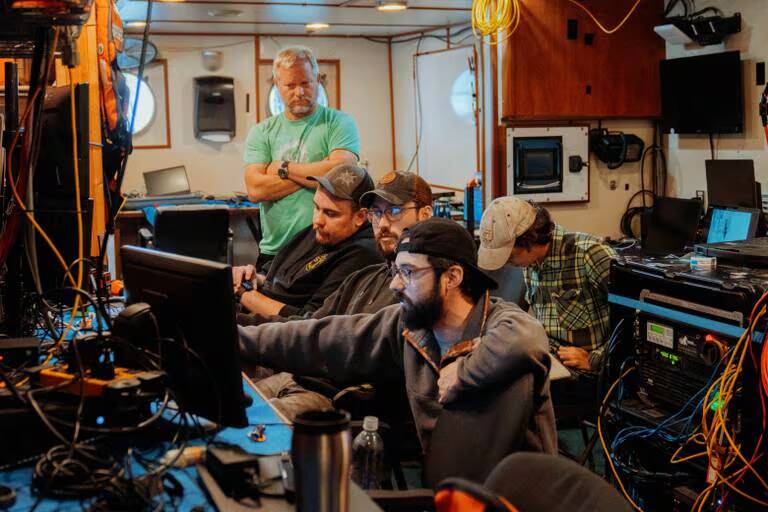
Ryo FukayaResearchers Jason Raupp, Alex Campbell, Connor Link, and Alex Bolvin operating the ship’s sonar system as Dominic Bush takes notes behind them.
The expedition was headed by maritime archaeologist Dominic Bush, who had been planning to search for the lost ships for the better part of four years. This summer, he and 13 other researchers were finally able to follow through on those plans, with a slim window of just five days to carry out their work.
“We were really just kinda exploring, in the truest sense of the word,” Bush told the Anchorage Daily News.
Bush was a doctoral student at East Carolina University at the time of the expedition, but now works as a researcher for the archaeological nonprofit Ships of Discovery.
Thankfully, Bush and his colleagues’ expedition proved fruitful. They found three sunken ships on the seafloor, which they documented with state-of-the-art equipment.
“Those were definitely three of our highest-priority targets,” Bush said.
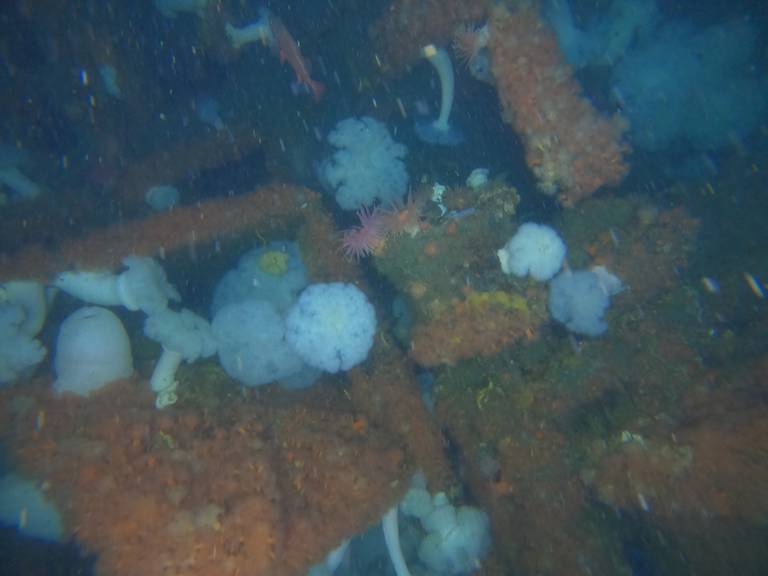
World Scanning ProjectThe wreckage of the Japanese ship Kotohira Maru.
The two Japanese ships uncovered during this expedition were sunk by bombs from American aircraft after Japanese troops invaded the island of Attu in June 1942. That invasion, which took place roughly six months after Pearl Harbor, was ultimately unsuccessful for the Japanese, as American troops prevailed in stopping them.
The one American ship that was discovered during this recent expedition sank around a month after the Japanese invasion was thwarted in May 1943, when efforts were being made to reinforce the island’s defenses.
“This isn’t just an American story, this isn’t just a Japanese story. It’s a shared story. We’re hoping that archaeology can heal some of those divides,” Bush said.
This battle, which raged on for three bloody weeks that May, is often eclipsed in the history books by many other battles from the Pacific Theater, despite being the only battle in World War II to be fought in North America. In total, 549 American service members perished, alongside 2,351 Japanese troops.
“The original [Japanese] idea was to turn Attu into an ‘unsinkable aircraft carrier,'” Bush told Live Science. By establishing a presence in Alaska, the Japanese would then be able to use this location to launch attacks on other American locations.
“But as things started to change in the Pacific, they were abandoned by the Imperial command and basically told to hold out for as long as they could — essentially, to die with honor,” Bush added.
The Story Of World War II’s “Forgotten Battle” Of Attu
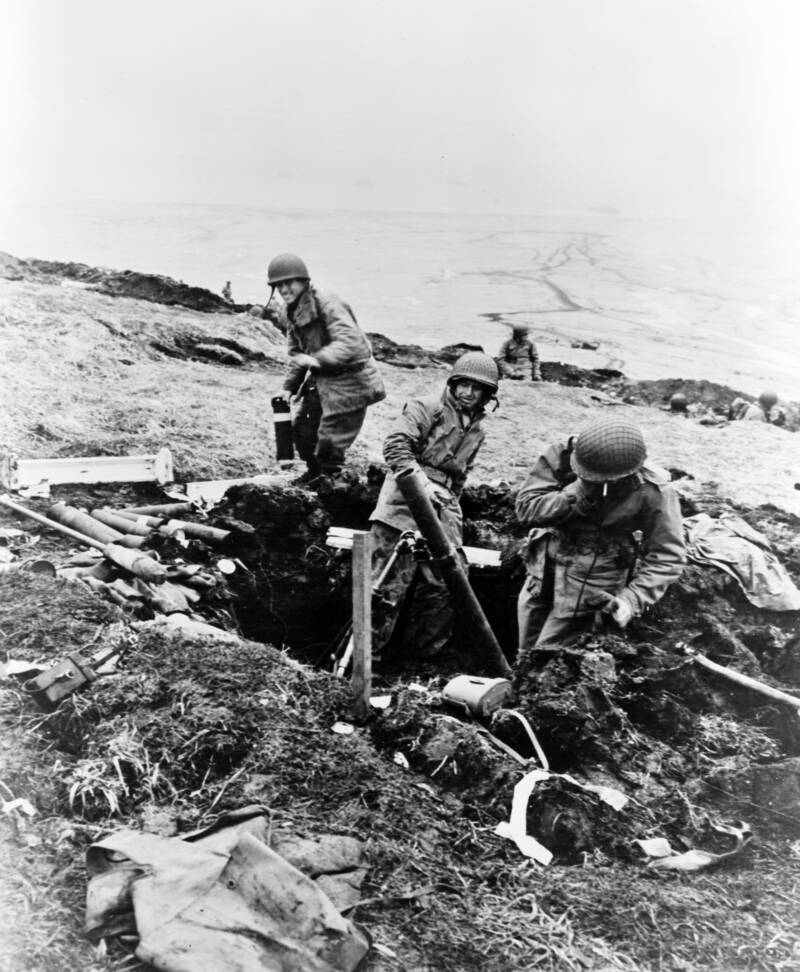
Public DomainU.S. troops loading mortar shells during the Battle of Attu.
Attu Island was occupied by Japanese forces in June 1942, following the Battle of Midway. The occupation of Attu and nearby Kiska was part of Japan’s broader strategy to divert American forces and establish a defensive perimeter in the Pacific. The harsh, remote environment of the Aleutians made it a difficult theater for military operations, contributing to the battle’s obscurity in the history books.
“This wasn’t just a little side note to the bigger Pacific campaign. This was its own theater of war, the North Pacific theater of war, which has largely been forgotten,” Bush said.
The U.S. military, recognizing the strategic importance of the Aleutians, launched Operation Landcrab to reclaim Attu. The battle was characterized by brutal conditions: freezing temperatures, fog, and rugged terrain. American forces, numbering around 15,000, faced stiff resistance from approximately 2,600 Japanese soldiers entrenched in the mountains.
The Japanese forces, commanded by Colonel Yasuyo Yamasaki, fought fiercely, using the terrain to their advantage. The battle was marked by intense hand-to-hand combat, artillery barrages, and difficult supply lines.
On May 29, facing imminent defeat, Yamasaki led a final, desperate banzai charge, which broke through American lines before being repelled. The charge resulted in heavy casualties on both sides.
By the end of the battle, nearly all of the Japanese soldiers were killed, with only 28 taken prisoner. The American forces suffered more than 3,800 casualties, including more than 500 dead. The victory at Attu was crucial for the Allies, as it removed the Japanese threat from the Aleutians and allowed the U.S. to focus on the central Pacific campaign.
However, the battle remains overshadowed by larger conflicts in the Pacific Theater, earning it the moniker “The Forgotten Battle.”
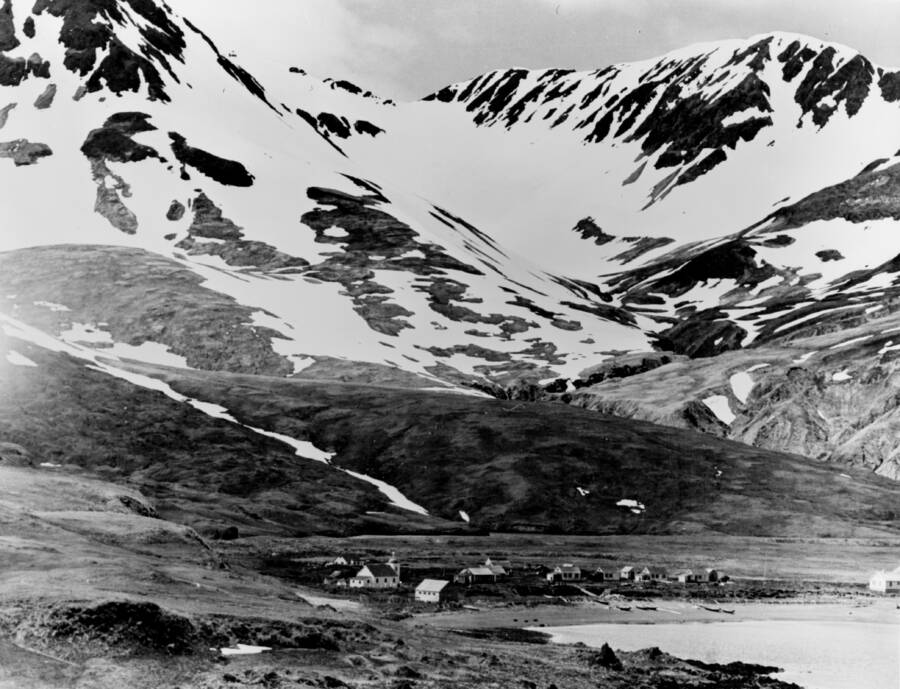
Public DomainAttu Village, which was occupied by the Japanese for a year during World War II.
Researchers said they have no plans to recover any material from the wrecks. However, they are working with members of the Japanese government to figure out next steps for potentially repatriating any remains at the sites.
Bush added that the announcement of this discovery will hopefully shine more light on this pivotal, often overlooked battle — as well as another key element of this chapter in history: the removal and imprisonment of the Unangax people who lived on Attu before the Japanese invasion.
After the invasion, 42 Unangan Alaskans were taken to Japan as prisoners of war, and many of their homes and villages were destroyed. Half of those POWs died from disease and malnutrition. Although the survivors returned to Alaska upon being freed, they did not actually return to their home island.
“We’re really trying to bring attention to it,” Bush said, “both from the military perspective and from the Native perspective.”
After learning about these sunken ships from World War II’s “forgotten battle,” see 28 photos from the Battle of Kursk, the clash that changed World War II. Then, see 33 captivating photographs from the Battle of Guadalcanal.





